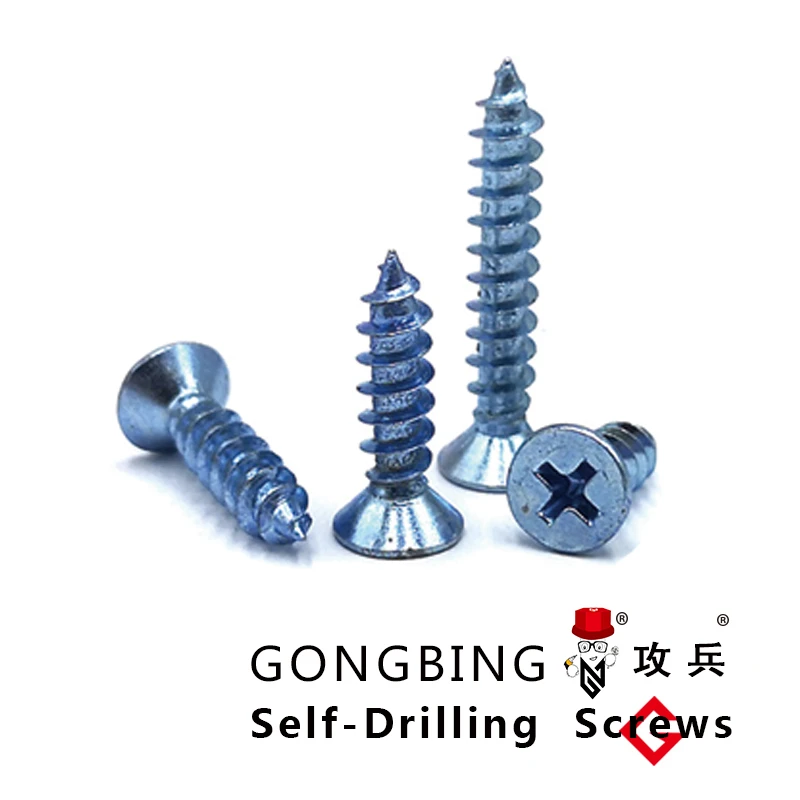Understanding the Importance of Double Stud Bolts in Structural Applications
Understanding Double Stud Bolts An Essential Component in Engineering
In the realm of engineering and construction, the significance of fastening technologies cannot be overstated. One of the most reliable and versatile options in this category is the double stud bolt. This specialized fastener is engineered to meet various mechanical demands, making it an indispensable component in numerous applications.
What is a Double Stud Bolt?
A double stud bolt, as the name suggests, features threads on both ends of a cylindrical bar. This design allows for secure fastening on both sides of a joint, providing greater stability and load distribution. Typically made from materials such as steel or stainless steel, double stud bolts are engineered to withstand high stress and tension, making them ideal for heavy machinery, structural frameworks, and automotive applications.
Applications of Double Stud Bolts
The applications of double stud bolts span a wide array of industries. In construction, they are frequently used to connect structural beams and columns, ensuring that the framework of buildings remains secure under various load conditions. In the automotive industry, double stud bolts are employed to fasten engine components and frames, where durability and strength are paramount.
Moreover, double stud bolts are commonly found in industries such as marine, aerospace, and oil and gas, where they play a crucial role in maintaining the integrity of critical systems
. Their ability to accommodate multiple components and distribute stress evenly makes them a preferred choice for engineers facing demanding operating environments.Advantages of Double Stud Bolts
double stud bolt

One of the primary advantages of double stud bolts is their capacity to provide a strong, secure connection in a variety of settings. The dual-thread design allows for more even distribution of forces, which reduces the likelihood of failure under significant loads. This robustness is especially important in safety-critical applications, where any failure could result in catastrophic consequences.
Another noteworthy benefit is the ease of installation and maintenance. Double stud bolts can be installed with standard tools, and their threaded design facilitates the use of nuts and washers for enhanced holding power. Furthermore, if maintenance or replacement becomes necessary, the straightforward assembly process minimizes downtime, an essential consideration in industrial settings.
Considerations When Using Double Stud Bolts
While double stud bolts offer numerous benefits, engineers must consider several factors when incorporating them into their designs. First and foremost, the material selection is crucial. Different applications may require different grades of steel or corrosion-resistant materials, especially in environments exposed to moisture or chemicals.
Additionally, proper torque specifications must be observed during installation to achieve the desired clamping force. Over-tightening can lead to bolt failure, while under-tightening can compromise the integrity of the joint. Engineers must also consider the environmental conditions the bolts will be subjected to, ensuring that they select the appropriate type and finish for their specific use case.
Conclusion
In summary, double stud bolts are a fundamental component in modern engineering, providing a robust and reliable fastening solution across various industries. Their ability to deliver strength and stability in demanding applications makes them indispensable in both construction and manufacturing. As technology advances and material science evolves, the design and application of double stud bolts continue to develop, ensuring their relevance in the ever-changing landscape of engineering and construction. Whether you are an engineer, a contractor, or a DIY enthusiast, understanding and utilizing double stud bolts can significantly enhance the quality and durability of your projects.
-
Weatherproof Plastic Expansion Anchors for OutdoorNewsJun.06,2025
-
Sustainability in the Supply Chain: Eco-Friendly TEK Screws ProductionNewsJun.06,2025
-
Load-Bearing Capacity of External Insulation FixingsNewsJun.06,2025
-
Double Head Bolts: Enhancing Efficiency in Industrial MachineryNewsJun.06,2025
-
Corrosion Resistance in Chipboard Screws: Coatings for Wholesale DurabilityNewsJun.06,2025
-
Butterfly Toggle Bolts : Enhancing Structural ResilienceNewsJun.06,2025
